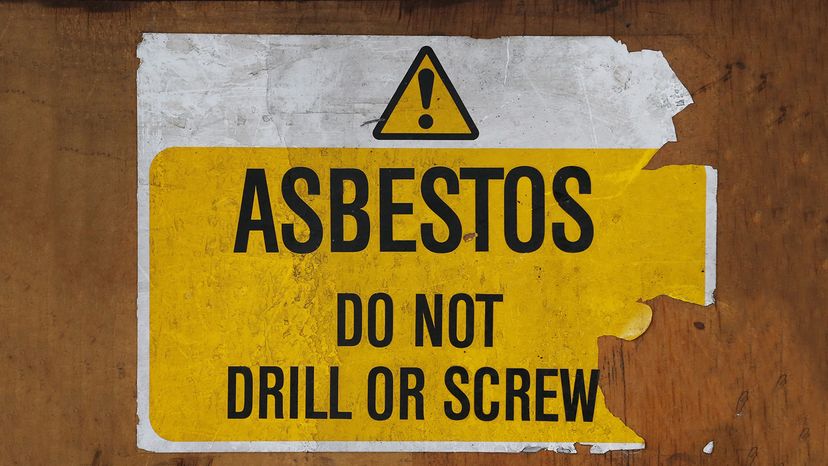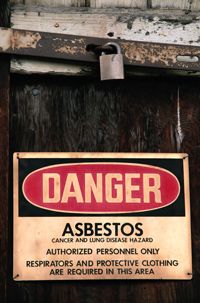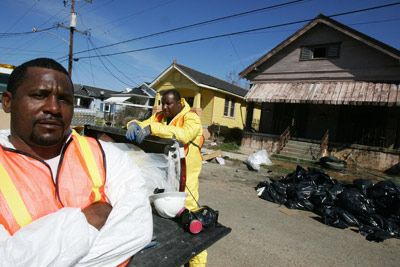
Asbestos is one nasty, cancer-causing mineral. The Environmental Protection Agency (EPA), by virtue of name alone, probably ought to have a say in keeping this group of fibrous minerals, once widely used in manufacturing building materials (among other things), as far away from humans as possible.
So why are people who care about the environment and human health so up in arms about the EPA's "significant new use rule" (SNUR) proposalannounced on June 1, 2018? After all, the EPA claims the SNUR would close loopholes regarding asbestos use and would prohibit any "manufacturing, importing or processing" of asbestos that's currently unregulated and identified in the SNUR.
Advertisement
Well it's more complicated than that. And it's political. And money may have something to do with it.
"It has a lot to do with politics, it has to do with big industry and big business and who influences who," Jeff Camplin, the president of Camplin Environmental Services in Rosemont, Illinois, and someone who has testified before Congress on asbestos risks, says. "My position as a safety professional is to say, look, as long as I know ahazard existsor not, I can take appropriate steps."
So, then ... is the EPA creating risk with its new rules on asbestos or lessening it?
Advertisement




